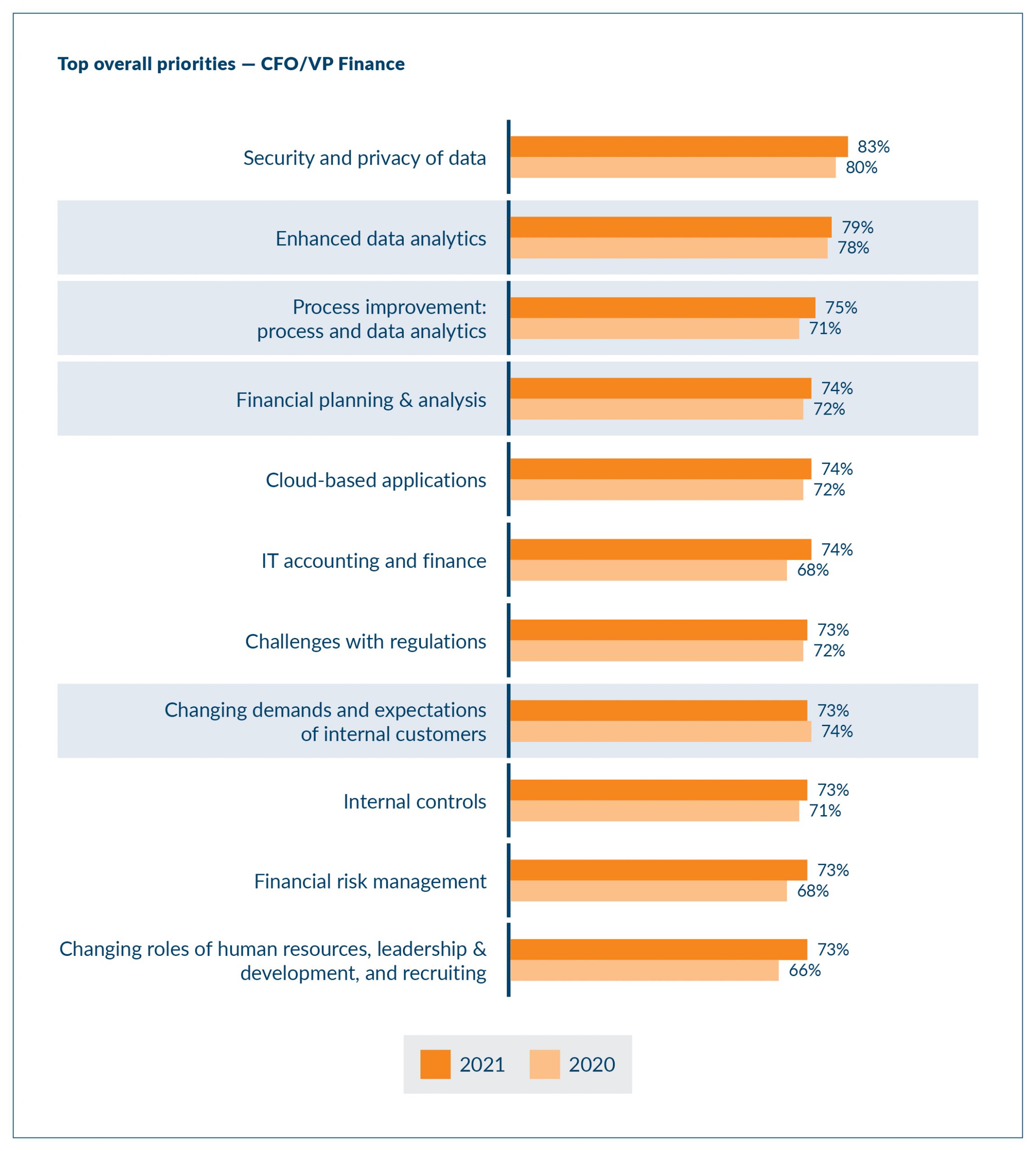Enough clients have asked questions about embedded analytics in SAP S/4HANA to warrant a blog post with considerations for analytic teams to use in preparation for an SAP S/4HANA implementation. This blog provides five considerations that have improved ROI for our clients. These considerations highlight new ways of working and the art of the possible in the organization’s future S/4HANA system compared to ECC 6.x systems with comparably aged analytical landscapes.
While this blog focuses on specifics for SAP S/4HANA, embedded analytics has been a core component of Protiviti’s agnostic analytical framework, FRA2ME, for years. In Protiviti’s framework, we use the term “smart workflow.”
1.Embed Fiori BusinessObjects Launchpad, SAP Analytics Cloud Centralized Analytics Content pages and any front-end analytic content portals capable directly into Fiori SAP S/4HANA front end.
Several years ago, while working as Director of Analytics for a large manufacturing company, I was stunned by the impact a non-single sign-on (SSO) password prompt had on new report adoption. This password prompt led to a BusinessObjects launchpad. Some users were locking their accounts and then giving up in frustration. The lag between getting locked out and the help desk restoring access was over two weeks on average. The median time was 1.1 days. Some users never returned. Others stopped using the system until a monthly or quarterly requirement forced them back.
This was the first time I recognized the impact seemingly minor barriers have in analytical change management. Our annual Global Finance Trends Survey continues to highlight the C-suite emphasis in improving analytics.

It remains our imperative as analytic leaders to foster a data culture and embed consumption of analytics into the business processes.
At Protiviti, activities and time that an end-user had to endure to achieve a desired end-state with their data content is referred to as analytical overhead. The more it can be reduced, while increasing content quantity and quality, the happier the end-user base will be with the value of an analytics program.
Removing the URL or bookmark and enabling simple access to the organization’s BusinessObjects LaunchPad and SAP Analytics Cloud Centralized Analytics Catalog is a significant improvement. Moving specific analytical content into an appropriate location within a Fiori workflow demonstrates a strong understanding of the user community and a specific user persona. This understanding is foundational for greater success with embedded analytics.
2. It’s time to take inventory.
Between the analysis path framework, smart business framework and the SAP Fiori reference library, there are many new content options available to deploy and customize. Some of this content will be redundant with the organization’s existing analytical content. It is also likely that existing analytical content has been enhanced with the organization’s specific nuances and structures and that newly available content must be enhanced before it can replace the existing content.
In preparation, inventory existing analytical assets and understand the user community personas who consume the content. It is important to understand the performance management scenarios, collaboration scenarios and the actions or insights created from its use. Be sure to further capture report usage scenarios – an exception report satisfies a different core use-case than a summary, detail, trend, etc. An exception report should be directly generating end-user action, making it a prime target for embedded analytics. Start to consider report types differently as more embedded analytics are built. Why? Because…
3. Embedded analytics look forward.
A client recently expressed that, “I feel we are stuck looking in the rearview mirror at our business instead of looking through the windshield at what is ahead of us.”
Embedded analytics can exist as a decision support inline and served to an end-user while that user is taking an action. Embedded analytics should drive toward more favorable outcomes. It is necessary to operate under imperfect, but leading, data indicators. This is fundamentally different than “tie to the penny” summary and detail reporting scenarios found in an analytical inventory.
Clients have expressed frustration at the inability to calculate ROI on existing analytical assets.
Rearview mirror analytical assets require an end-user to create an insight. An insight is consumed to make or optimize a strategic business decision. Users who can generate insights benefit from storytelling with data tools like SAP Analytics Cloud. Without them, there is a disconnect between the actions taken and the insight gained from the system.
Bayesian/frequentist statistics, trailing averages and other techniques to reduce problems like short-term time volatility are more frequently required to support decision making. Retrospection of the actions against desired results can lead to further improve the decision support analytics and possibly lead to automation. Tools are available in Fiori to achieve both, but they are not widespread in many “rearview mirror” analytical assets. They are necessary here to look forward.
4. Data velocity changes report and analytic designs.
Data velocity represents the time between an event occurring and when it is reportable. It starts with data capture (or origination) and flows into processing (or enrichment), ending with consumption and visualization. While using embedded analytics, visualization should occur very near real-time or with intention less frequently. An embedded analytic is served to a user to support them in taking immediate action. From existing analytical inventory, many summary reports should become trends, detailed reports and exceptions reports to maximize utility as an embedded analytic.
An embedded analytic can serve contextual detailed content to support decision making and action. Exception reports are most useful when actioned quickly. However, most leading data indicators have a short shelf-life in which it is actionable.
Regularly ask users two questions:
- What is the next step?
- What else is needed to make the best decision?
5. Build storytellers and give them a stage.
Summary reports and analysis of data by end-users to make strategic decisions is still critically important.
An insight can change strategic direction. However, users who can create an insight from analytical assets experience large amounts of analytical overhead. Users also require deep subject matter expertise, undocumented institutional knowledge and technical proficiency and know-how. These traits are challenging to scale across an enterprise.
A user who can generate an insight should be provided with tools and training that enable him/her to add narrative and context to summary reports to collaborate and communicate with user communities at regularly scheduled intervals. While this curated content reduces analytical overhead for others, it can be further reduced by enabling these users to share and explain ideas to their business communities, by utilizing embedded analytical content in the S/4HANA system.
These ideas are my own and I am passionate about refining them frequently. I invite you to reach out to discuss further.
To learn more about our SAP consulting services, contact us.





